Some advanced cooking equipment (Chinese commercial wok cookers) from Asian manufacturers are entering Europe. It…

The Secrets of Designing a Commercial Kitchen
The fast pace of urban life and the specialization of the labor division created a hotbed for the increase in the development of commercial catering kitchens.
The Commercial kitchen is used as a general term, which includes four different kinds of commercial kitchens: hotel, catering, canteen, food industry, restaurant, and central kitchens. These kitchens are composed of different functional working areas and have a large scale of cooking that can provide food to eat for many customers at once.
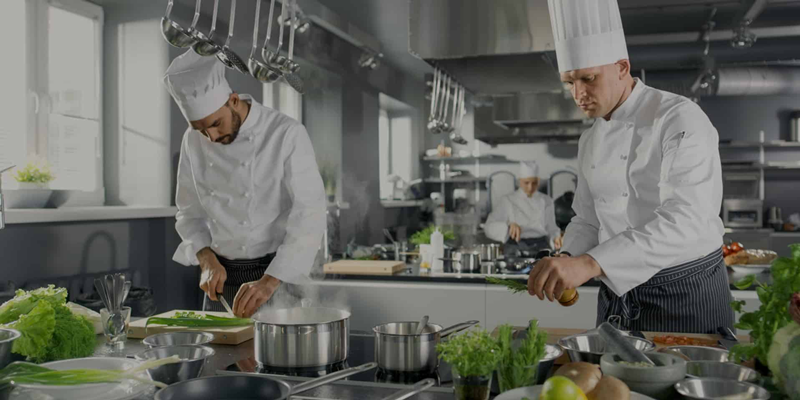
Commercial Kitchen VS. Home Kitchen
What is the difference between a commercial kitchen and a household one? The design and construction of a commercial catering kitchen are strictly connected to its functions:
- Engineering costs should be spent to purchase high-performing electrical appliances, with a long lifespan, and do not require regular maintenance.
- Materials should be chosen considering less about aesthetics but more about their properties. They must be able to withstand long-term hard use and to be easily cleaned.
- Especially in restaurants, the dimension of commercial kitchen equipment should be as limited as possible, to provide more room for diners. Hotels with restaurants having large spaces for their clientele often own relatively small kitchens.
- On the other hand, home kitchens are mainly chosen based on their appearance first and for their functions secondly.
- Most people consider the kitchen for its practicality and believe that a kitchen with a high aesthetic is a waste of money. Still, most of them buy those kitchens posted in the magazine.
- They demand stylish materials (granite countertops and stainless-steel appliances, etc.) with custom-made cabinets. Few people consider that granite spends so high, and those broad countertops, cabinets, and floors need to be cleaned frequently and adequately.
- Ultimately, the main difference between the commercial catering kitchen and the domestic kitchen is that when designing a commercial kitchen more emphasis is put on the commercial kitchen equipment functions instead of its aesthetics.

The Requirement for Commercial Kitchen
A commercial kitchen designer, when designing commercial kitchens, has to consider many elements. Here we have listed some of the design requirements and conditions:
- Hygiene: the storage, cleaning, conditioning, and cooking of dishes shall strictly comply with the local Food Hygiene and Epidemic Prevention Department management and requirement standards.
- Efficiency: the operation of the kitchen should be steady and automatic.
- Configuration: catering and layout functions needs to be divided into specific areas.
- Ventilation: emission of cooking fumes should be ensured allowing for fresh air to enter the kitchen.
- Drainage: drainage ditch, sewage pool, and oil separator are not to be obstructed and should be easy to clean.
- Environmental protection: the requirements of the local Environmental Protection Department for smoke emission and drainage management must be strictly followed.
- Lighting facilities: corresponding lights need to be placed in different work areas granting the staff full visibility.
- Floor tiles: floor tiles should be slip-proof, hard, and heat-resistant.
- Power distribution: all piping and wiring for power distribution shall be constructed under the domestic construction rules.
- The power socket must be waterproof. Different voltages shall be marked and equipped with leakage and power-off systems.
Commercial Kitchen Appliances
Tips: The secrets of designing a commercial kitchen lie in its efficiency for long-term use.
Hire a professional commercial kitchen designer for designing the layout, and always rely on professional and efficient commercial kitchen equipment to make your kitchen run smoothly.
To facilitate you in the future utilization of your commercial kitchen, we highly recommend using the Lestov induction cooker, which can offer you great assistance.
Lestov induction cooker advanced induction heating allows the provision of efficient heat without making the surrounding too hot. The heat is concentrated with pointed use.
Compared with traditional gas stoves, induction cookers can ensure food safety with over-temperature protection. Gas fuel leakage will not happen anymore.
Furthermore, the Lestov induction cooker’s long lifespan makes it even more competitive in the market. With a size of 800+400mm in height, 1100mm in width, and 1050mm in depth. This commercial kitchen equipment can save space in your kitchen and provide delicious food for a large number of diners.
Do you want to make good use of the commercial kitchen appliances? Would you like to have reliable induction cookers? Lestov is here to provide you with more advice.
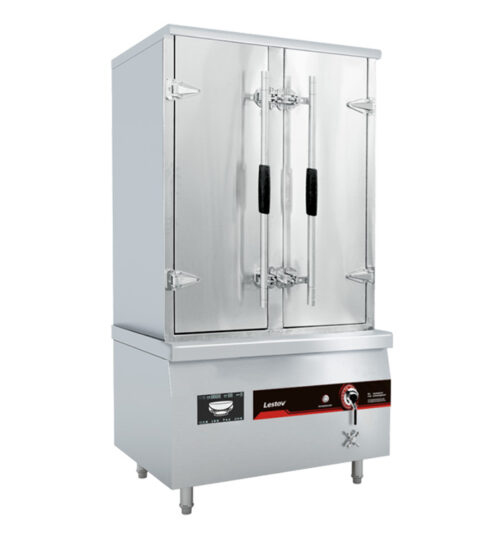
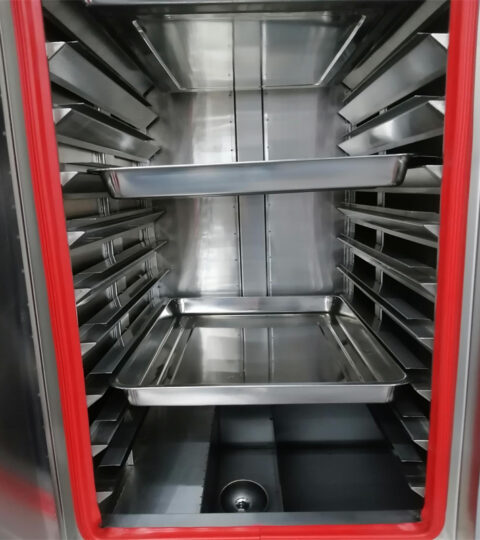
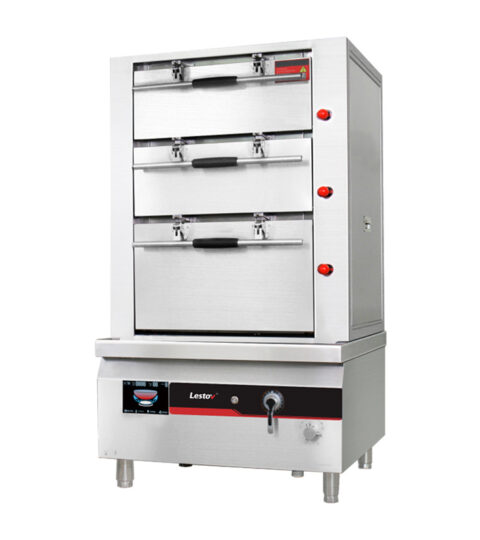
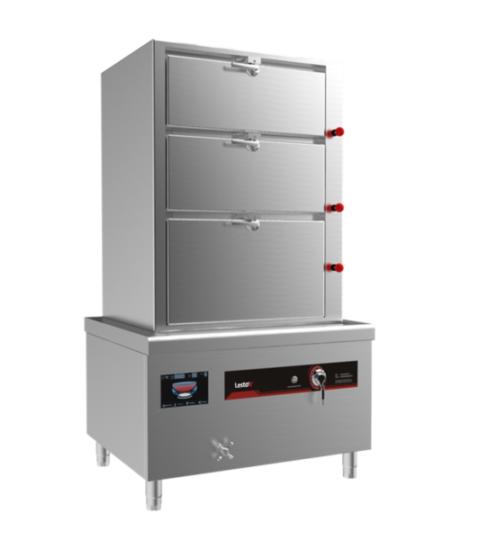
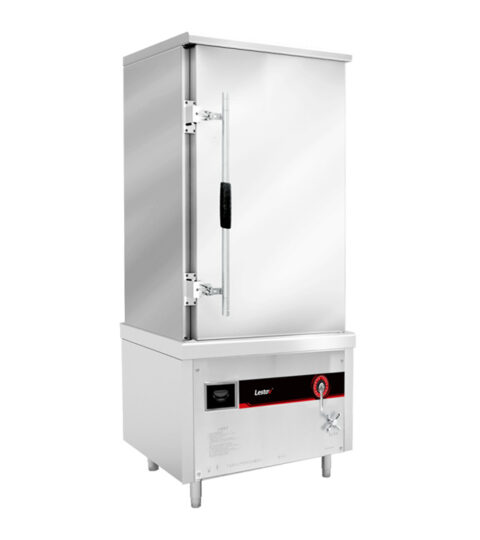
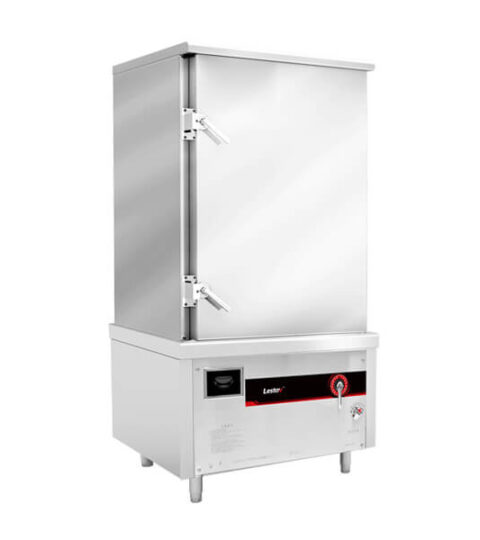
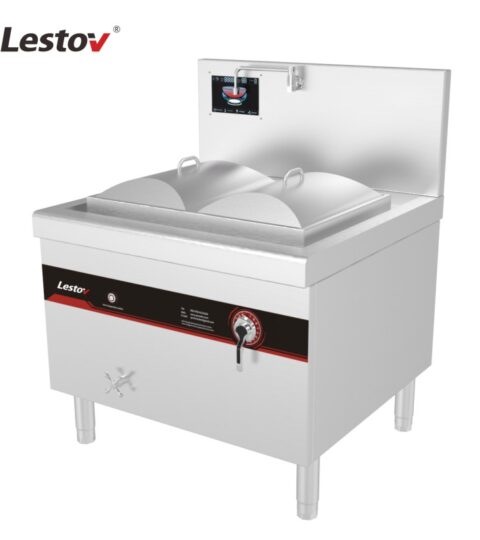

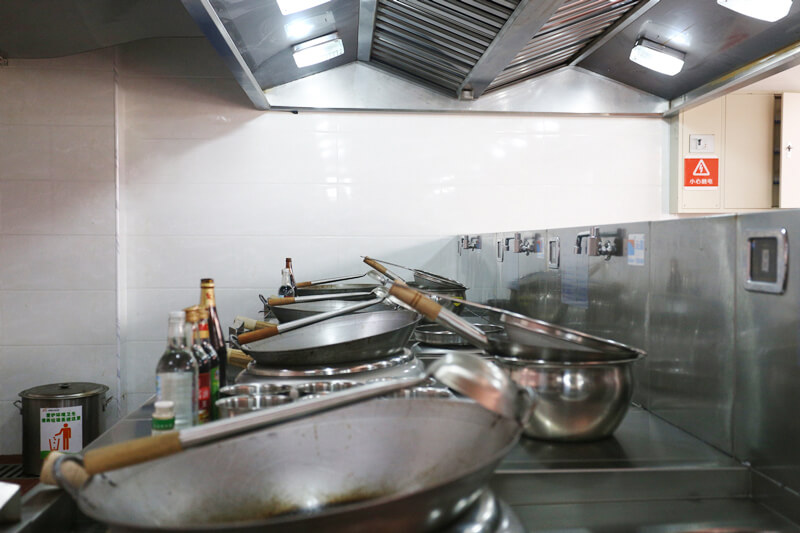
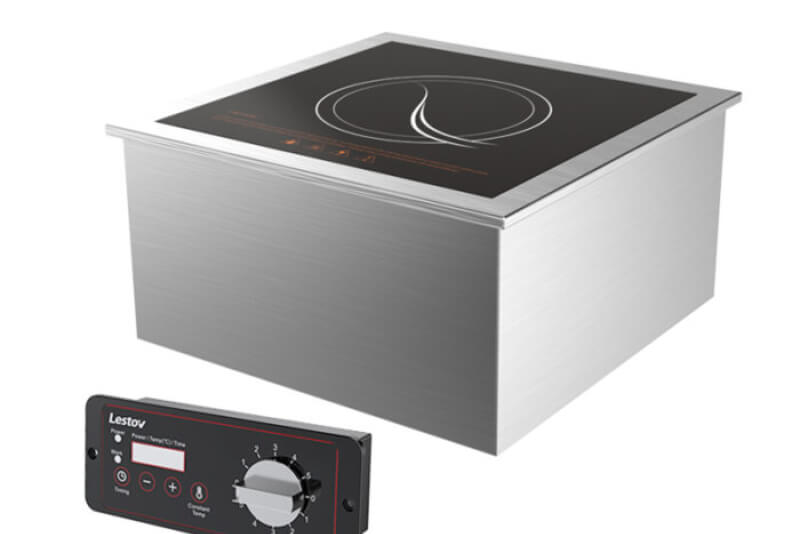
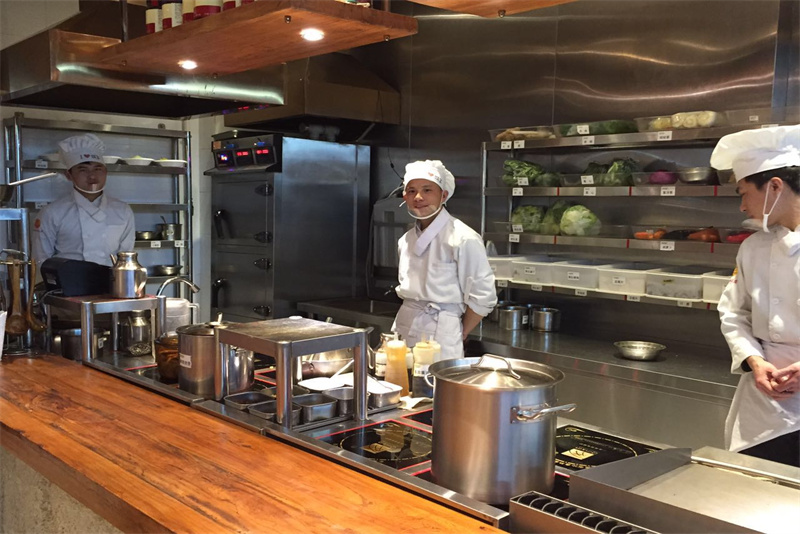
This Post Has 0 Comments